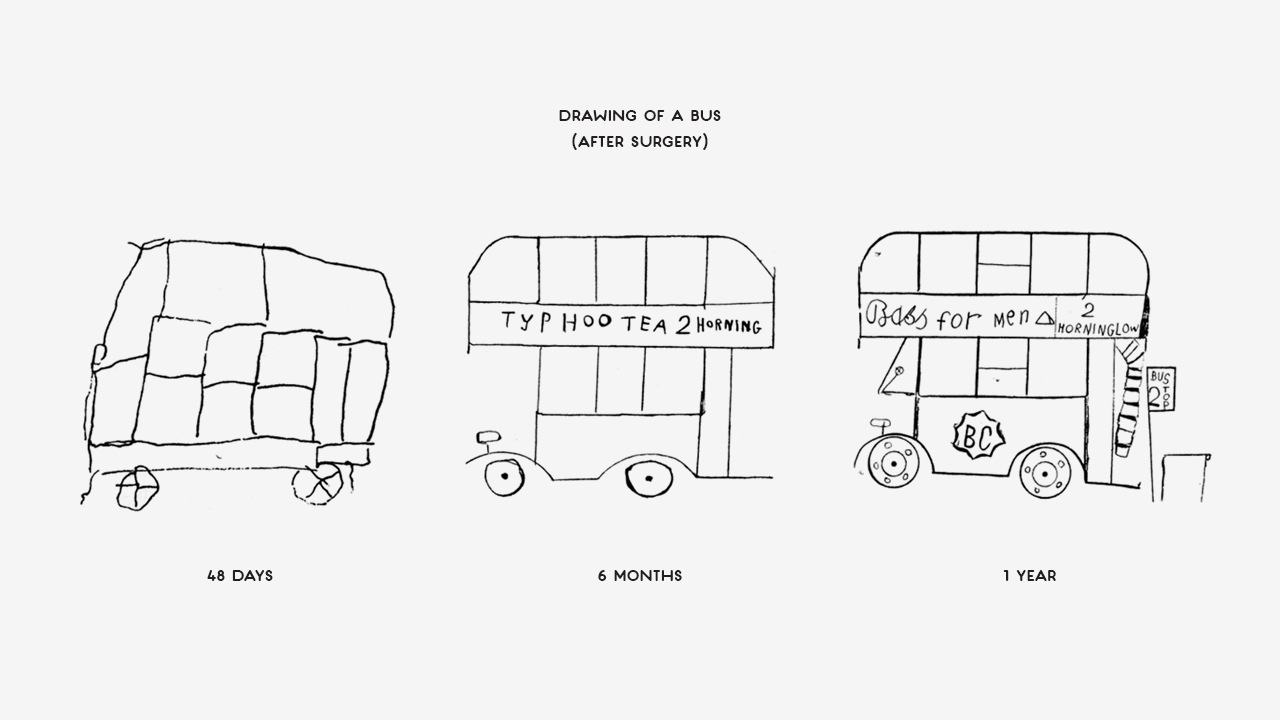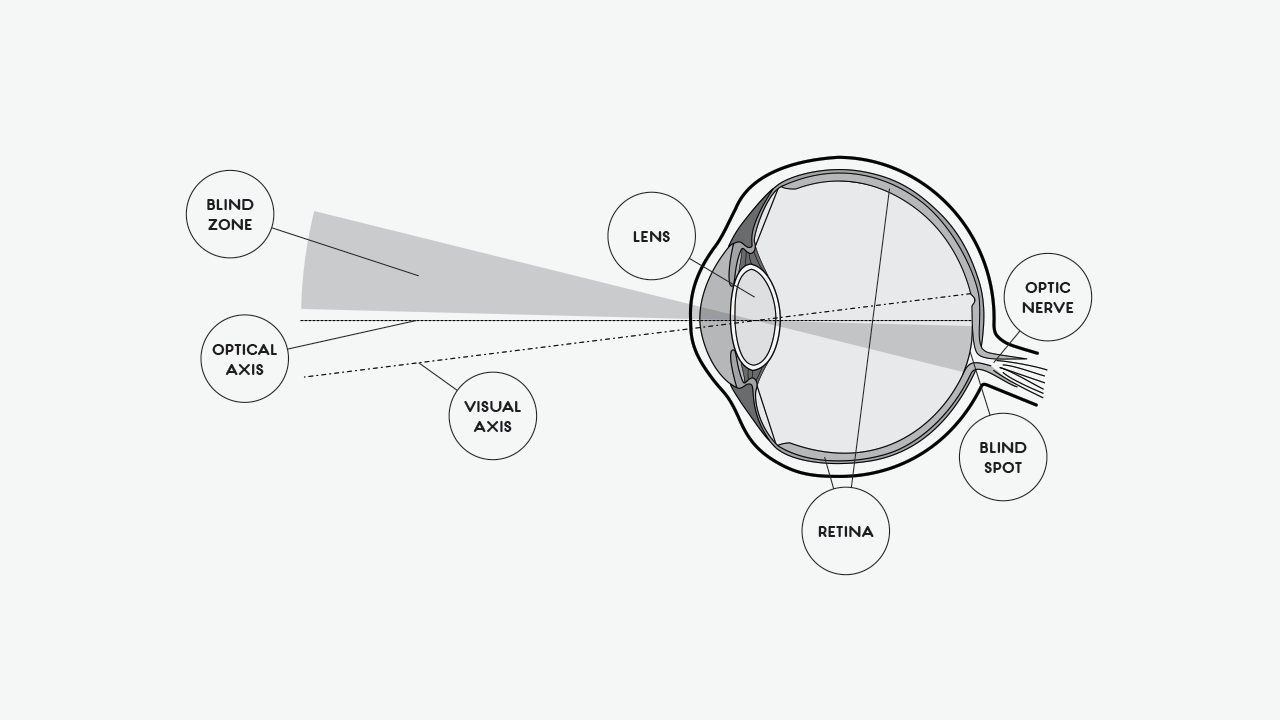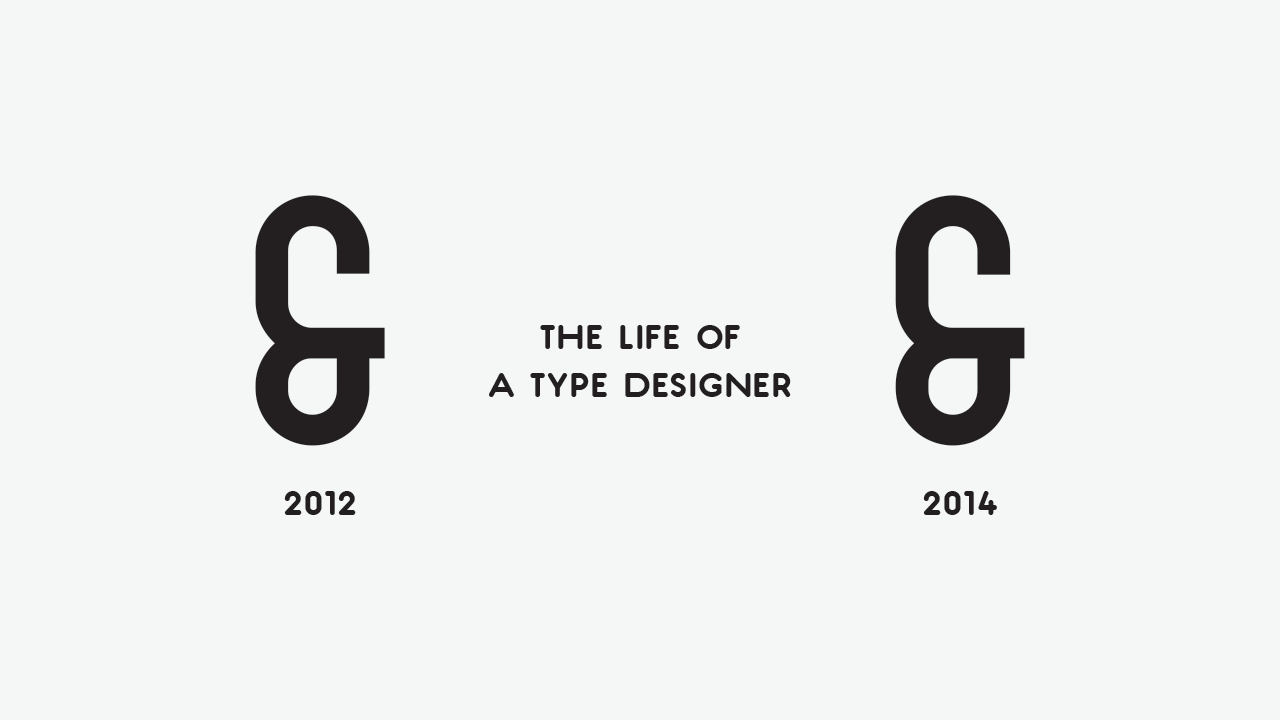Index
Introduction | Learning To See | Overshooting | The Stroke: Optics
1. We don’t see with the eyes
In 1963, David H. Hubel and Torsten Wiesel, two neurophysiologists that won the Nobel Prize in Medicine in 1981 for their work in information processing in the visual system, conducted a somewhat bizarre experiment: they sewn one eye shut to newborn cats and waited three months.
After the wait, they went to see what happened to the kittens’ brains: vision only developed in the open eye. In fact, the brain zone that was supposed to be dealing with the processing of information from the sewn eye was overtook by the neurons for the vision in the open eye.
In mammals (and this puts us on the list), vision is only developed after birth and – as Hubel and Wiesel demonstrated – is dependent of the constant signal reception from the eyes.
To this time frame, where the brain develops sensory skills, we call it the critical period.
Babies born blind from cataracts, for example, if immediately put under surgery, are likely to have normal vision. On the other hand, subjects who were treated after the vision’s critical period, often remain blind, even with functioning eyes.
2. What seeing is
So what does than mean, to see?
As we saw above, seeing has nothing to do with perfectly functioning eyes.
Let’s think of the eye as a lens and a sensor combined. Light gets inside through the lens and hits the sensor in the back of the eye, and the latter translates the received light to electric and neurochemical signals, sending these through the optic nerve (and adjacent blood vessels) to the brain.
Then, the brains receives this information and makes it believable to our conscious mind. So seeing is not just the hard acknowledgement of the outside world, but a mental process that cares with data analysis, structure, interpretation and so on. That’s why a blind man can say “I see” when he understands something. Seeing is being aware of something.
And I say believable for many reasons, but we’ll get to that.
2.1 You see what you know
Some years ago I saw a news report about some charity for the blind people, on the TV. By the end of it, the reporter asked a 10-year-old-ish blind kid what is like to be blind. Very candidly, the kid replied “well, you tell me how it is to see: I was born blind, this is what I percieve life as it is”.
It’s like having a deer looking at me and thinking “poor guy, how can he get around only in two paws?”.
But what happens if a blind person gets his eyesight back, after decades of blindness? Does the brain, way passed it’s critical period, develop the skills needed to see? Well, it might.
One fascinating case is the one of S.B.. Albeit the paper being from 1963, it was not the first time of blind people regaining their vision. But what makes this fascinating is the documentation of his case on how the development of his vision skills, by asking him to draw. Have a look at his drawings:

In the first drawing, according to the report, S.B. “expressed dissatisfaction with his drawing because he found himself quite unable to draw the bonnet, or radiator” because “it would be the principal part that he would not have touched to any great extent when blind”, for it was a dangerous thing to do. And through time, S.B. still wouldn’t draw it.
Another curious thing about the first drawing: he drew the wheels with spokes. S.B.’s explanation was that although he knew that buses had hub wheels, he was more familiarized with the feel of cart wheels.
He also always drew the same view of the bus. Why? Because that would be the way that the bus would be presented to him, in a tactile way (he was English, so the bus would be driving in the left side).
Until his death, S.B. maintained is “blind lifestyle”, since vision never became predominant. He would still use a cane, touch people’s faces to recognize them and so on.
But if we think that the increasing quality of his drawings is due to his restored vision, well, we should think again: blind people who can accurately draw what they touch exist. Even surprising cases like the one of Eşref Armağan, who can draw in perspective.
2.1 Not good but good enough
First of all, our eyes cannot collect all the information that is in front of them: the place where the optic nerve – that sends the electric impulses to the brain – connects to the eye has no photoreceptor cells. This area is called the blind spot, as you can see below.

But why can we stuff around us so clearly? Well, there’s two reasons:
- The image we actually see is a composite image. Since each one of our eyes has a different angle from the lens to the optic nerve, what we can’t see from our left eye is in the right’s eye viewing angle, and vice-versa. So, the brain picks up the two images and makes a composite, so that we have the most accurate image possible.
- “But if I close one eye, I can see all of it”, you might say. Well, truth is, you can’t. And this is the second reason: without enough information, the brain makes stuff up, so that you don’t walk around with a black dot in the middle.
In case you still don’t believe this, try the following: click the image below, cover your right eye and look at the L. If you move your head towards and away from the screen, at some point, the R will disappear. Have a try:

No black holes, right?
3. Developing super-powers
A while ago, someone posted an image on Facebook that made me grin. It was something like this:

Most people can’t tell the difference between the two glyphs. Why? Because if the brain doesn’t see a need to tell them apart, it won’t. Our subconscious, as was stated above, works based on the believable or the good enough: it’s build to operate in the midst of an overwhelming quantity of stimuli, so it aims to produce a convincing notion of reality, not a perfect one. We just couldn’t handle it, absorving and processing it all; not consciously neither consciously.
So, to what extent can we improve our ability to spot detail?
One of the things that our brain excels in is recognizing faces: it has to deal with a lot of details, within a very extensive catalog of faces, and yet we recognize people we barely know in a split second.
I’m sure everyone knows identical twins. If we don’t know that someone has a twin, we easily mistake two people as being the same. But if we know that someone has an identical twin and never met them, chances are, we can spot the difference. And by spending time with one or the two of them, it gets easier and easier to tell them apart, up to the point of saying “but they’re so different!”.
So, with type, it’s the same thing: the more of your time you spend looking at subtle differences, while preserving a need to spot them, the better you get.
Some people can’t see the difference between Arial and Helvetica, some get enraged when someone can’t tell them apart. And I say this from experience: I’ve replaced Helvetica with Arial and got away with it, when a client stated bluntly that Helvetica was very readable.
But as you develop this skill, it’s a joy to look at type. In a single glyph, there’s so much to be observed that seeing is an act of fruition.